World Town Planning Day is celebrated to highlight how good planning can support the creation of long-lasting high quality, creative infrastructure that delivers sustainable urban places for communities.
The current planning system aims to create healthy, sustainable, long-lasting communities supported by the infrastructure they need. However, is this system going far enough to help deliver the full potential of new projects as efficiently as possible?
Planning is dynamic
The UK planning system aims to follow a straightforward process from start to finish on any project. However, the heavily regulated and rules-based nature of the current system often means it is influenced by the changing nature of government policies and objectives.
This planning system is highly reactive to the policies and wishes of those in government. Almost all governments make changes to the planning system to deliver economic development and to improve our urban places, communities and infrastructure through a faster and simplified planning system. The current Labour Government’s stated aim is to overhaul the planning system primarily to help deliver and improve major infrastructure “by simplifying consents for major projects with an aim to remove longstanding bureaucratic hurdles”.
But given the long timescales associated with major infrastructure projects, they remain vulnerable to wider changes throughout their lifetime. This can delay delivery or ultimately lead to the scrapping or downsizing of schemes.
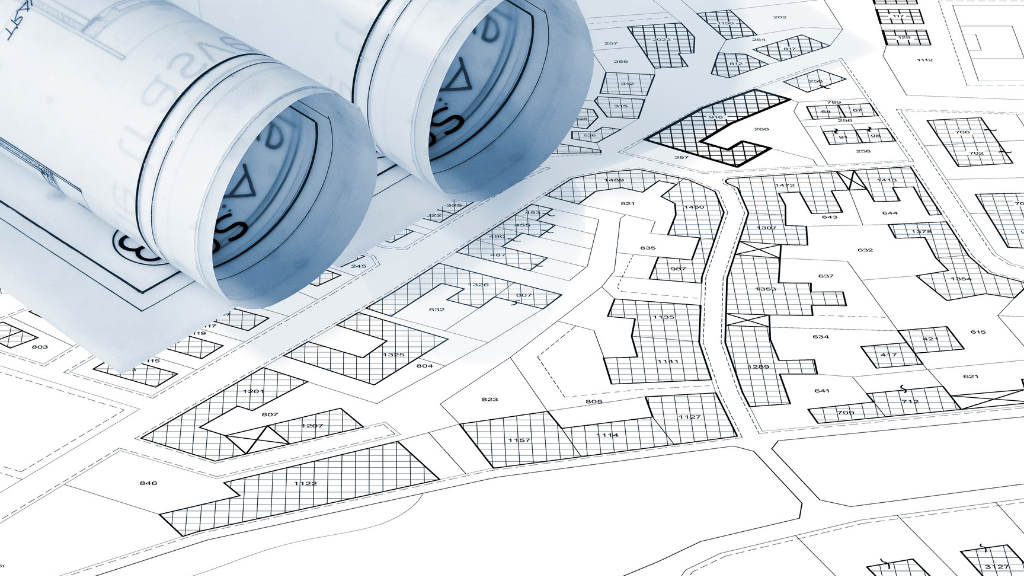
Simplified consenting of major projects
Major projects are currently at the forefront of the UK planning agenda, with restrictions having lifted on onshore windfarms, the green light for Heathrow’s third runway, and the commitment to delivering HS2, among many other projects.
The proposed reforms to the consenting of Nationally Significant Infrastructure Projects (NSIPs) have been designed to provide a clearer and faster path to project approval and a more predictable investment landscape. Allowing simplification of the planning process ensures projects are more efficient. They incorporate a fair bureaucratic process but also one that produces long-lasting infrastructure which can enhance the existing framework. However, this ‘new’ streamlined planning system will only come into force once the Planning and Infrastructure Bill 2024-25 achieves Royal Assent. The impact of any changes will become apparent over the next few years.
For planners, the simplified system of NSIPs for major infrastructure projects allows for a holistic approach. It helps formulate unique consenting strategies alongside a better understanding of the specific context of a project. This will further ensure that good design is incorporated.
Consenting to design
Good design and well-designed buildings and infrastructure are essential parts of a project which are required by national planning policy; clearly outlined in the National Planning Policy Framework (NPPF), which was most recently updated in December 2024.
The NPPF outlines the key and strategy of any planning project to deliver better design. The creation of successful places and infrastructure, however, is highly influenced by the skills of designers and their vision and commitment. Good design stems from understanding the consenting process and knowing what planning approach is most appropriate to the project being presented.
At SYSTRA, planners review each individual project to ensure the consenting process is appropriate to the scale of the project. Specialists work with the wider team to ensure good design is clearly integrated into the infrastructure, building or place that is being developed. The depth and detail of consents depends on the size and intricacy of the project being put forward for planning approval.

Any new project needs to be carefully planned and designed to ensure it delivers its intended outcomes. Whether a project is underpinned by environmental, construction, rail, energy or waste principles, planners can understand the context of each application to establish what consent is required. At SYSTRA, we are focused on providing consenting and planning expertise through a multi-disciplinary team to deliver and simplify the consenting process for our clients. We ensure the planning process is followed to implement good, long-lasting infrastructure design. Delivering consents for several projects at different scales and complexities is evidenced through our current work on HS2 consents, Wicklow Rail Capacity Enhancement and Viridor Runcorn, as we aim to fulfil the following:
- Planning permission and consent management
- Environmental permits
- Consultation and stakeholder engagement
- Environmental Impact Assessments (EIAs)
Most works progress under the Town and Country Planning Act 1990 (as amended) which clearly sets out how schemes achieve consent. However, for major projects, unique planning bills and consenting strategies ought to be followed. Whether this will further complicate the planning system or in fact overhaul it to ensure these ‘major projects’ are being constructed efficiently is something that is in the process of being evidenced.
What is clear, is that large-scale infrastructure should be recognised for its bold engineering and design. As planners, we also believe the planning, consents and environmental aspects of these projects should be equally considered and celebrated.
Prior to any construction, the consenting process evaluates all aspects of the project, which certifies the correct consenting process to ensure a successful outcome is delivered. The collaboration between disciplines is essential across the design, engineering and construction to gain the correct approval and ensure consent is granted.
One noticeable example, showcasing this collaboration, is the River Cole viaducts and River Cole realignment which highlights how each individual discipline has come together to create a sustainable, impressive and long-lasting design. The engineering feat of these viaducts and river realignment are highly impressive, but equally, by understanding the unique consenting process of HS2, this has guided the whole team to make this approved design a reality. The impressiveness of the viaduct structures along with the River Cole realignment and viaduct installations showcases how different consenting processes have come together to deliver a holistic and innovative design regarding both structures and environmental aspects being designed and constructed.
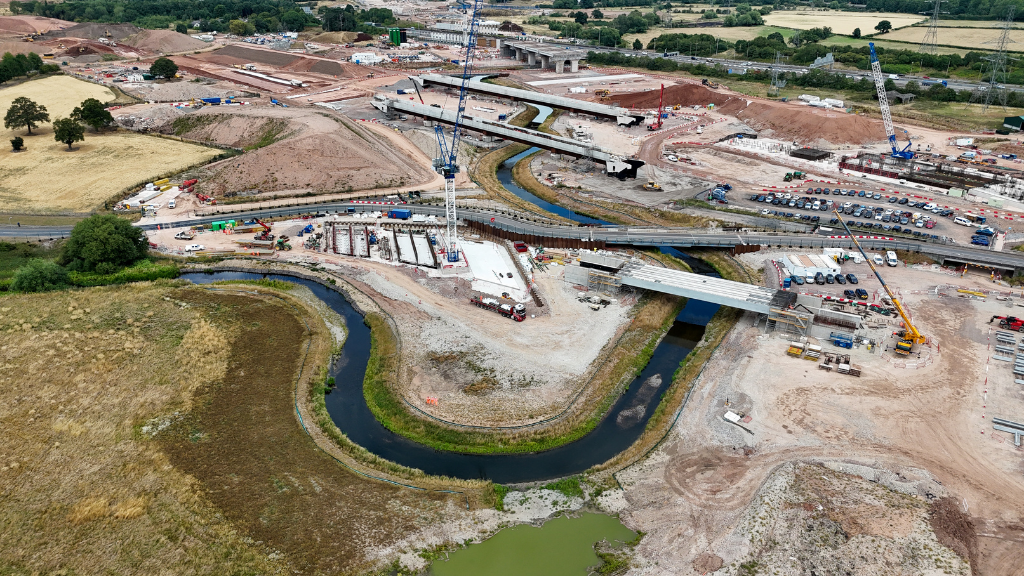
World Town Planning Day – ‘With planning we can’
The motto of World Town Planning Day 2025 (taking place on November 8th) is “with planning we can” and as a planner, I would overwhelmingly agree. Understanding the planning and consenting process of any project, no matter its scale, allows us as planners to get the best out of all elements of a project, whether that be the engineering, design or construction.
Planning is highly susceptible to change and reform. But as planners, by being reactive to this change, we can help ensure all projects can be delivered in the best way possible and know that ‘with good planning, we can!’.

You May Also LIKE

- markets
Streets & Placemaking
Read more sur Streets & Placemaking
- markets
Cities, Towns & Urban Mobility
Read more sur Cities, Towns & Urban Mobility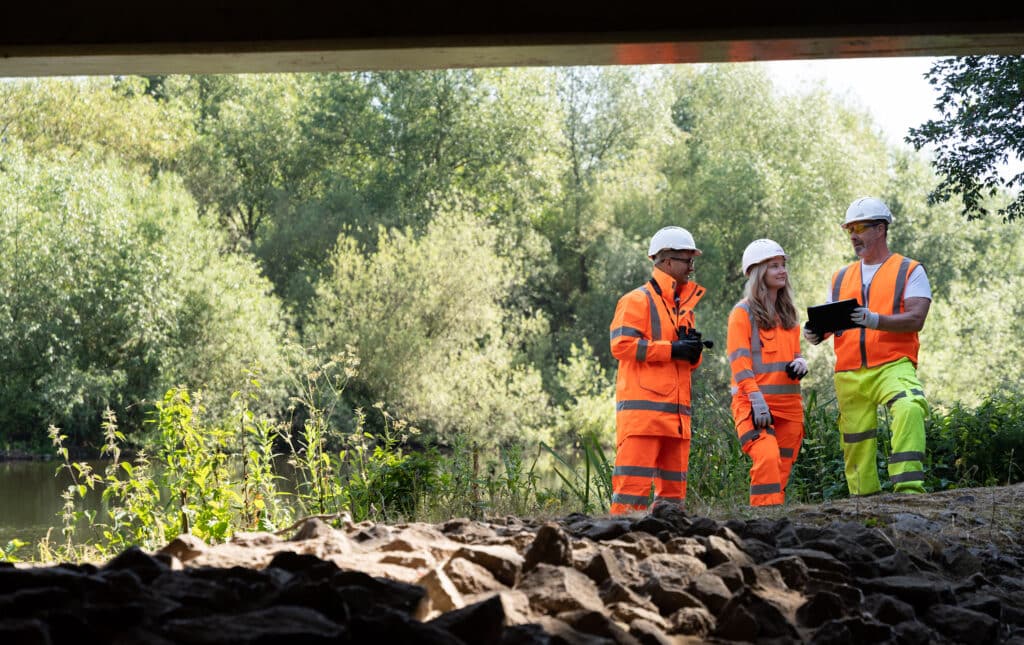
- services
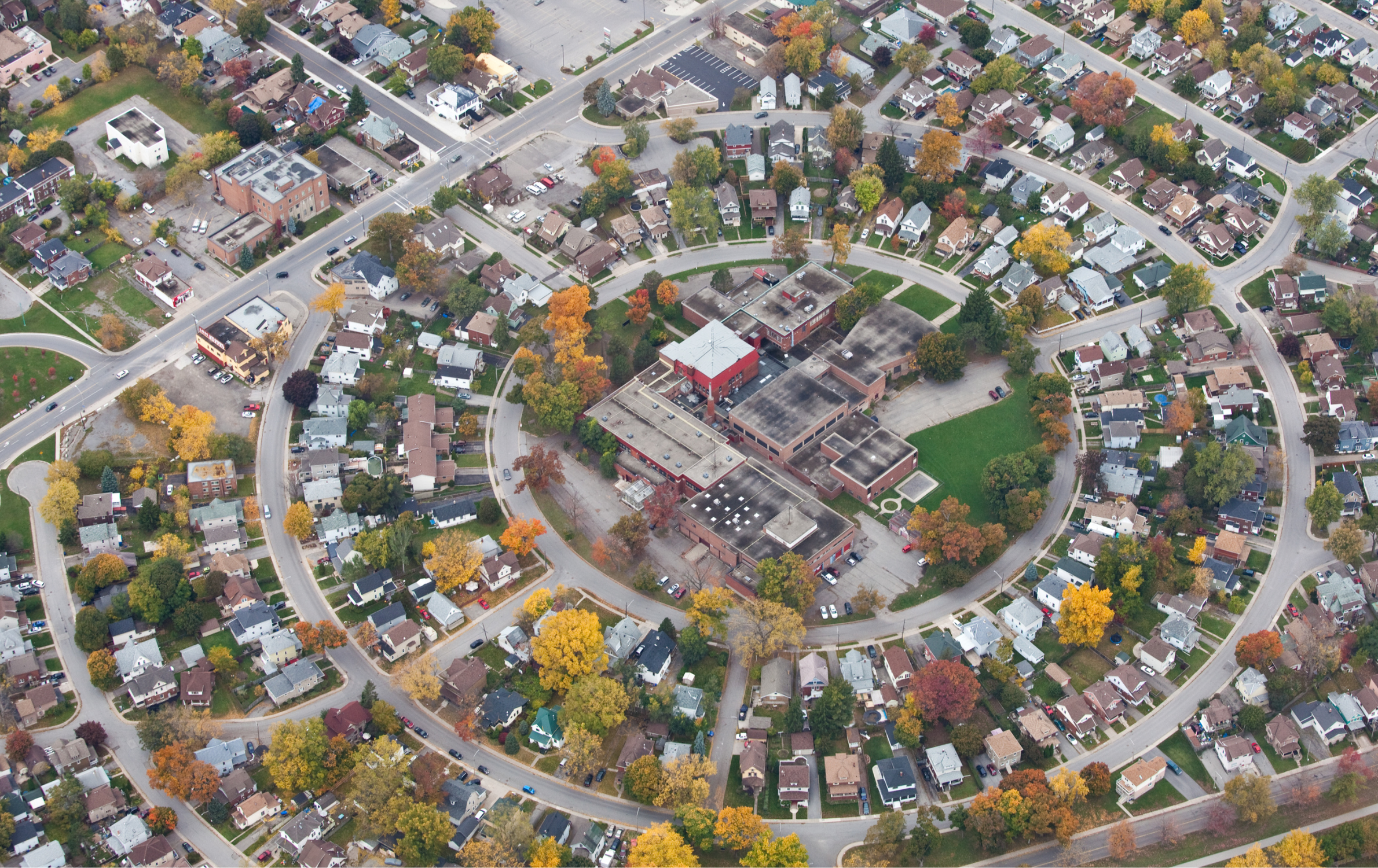
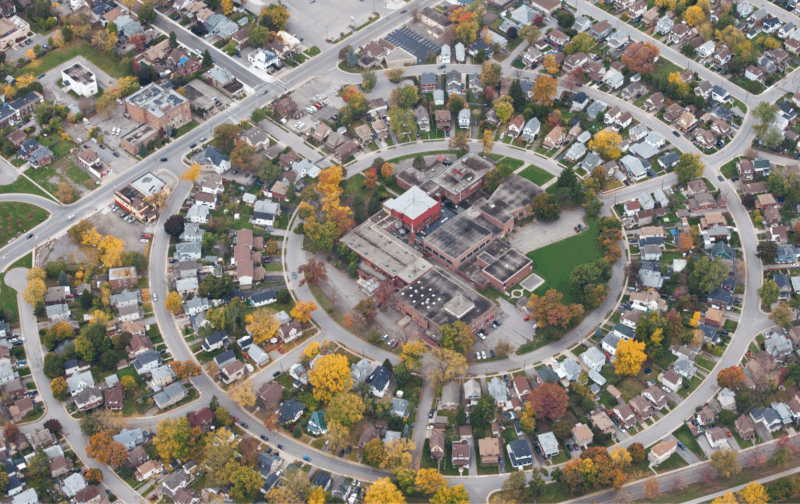
 Australia
Australia  Brazil
Brazil  Canada
Canada  Chile
Chile  China
China  Columbia
Columbia  Denmark
Denmark  France
France  India
India  Indonesia
Indonesia  Italy
Italy  Malaysia
Malaysia  New Zealand
New Zealand  Norway
Norway  Panama
Panama  Peru
Peru  Poland
Poland  Portugal
Portugal  Saudi Arabia
Saudi Arabia  Singapore
Singapore  South Korea
South Korea  Spain
Spain  Sweden
Sweden  Taiwan
Taiwan  Thailand
Thailand  Türkiye
Türkiye  United Kingdom
United Kingdom  United States
United States  Vietnam
Vietnam